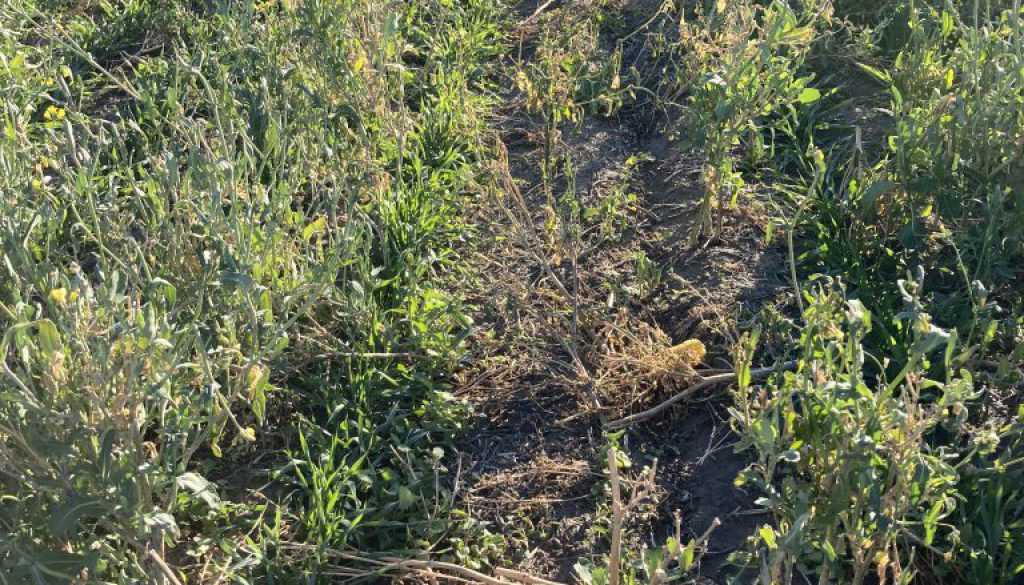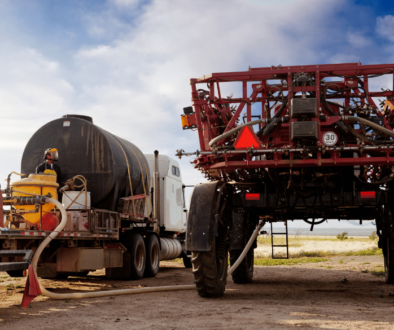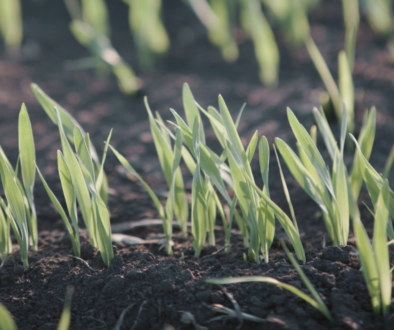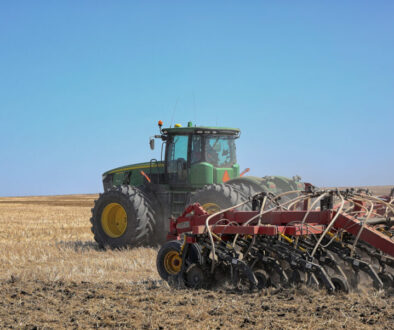Can winter barley grow in Saskatchewan?
Mitchell Japp, MSc, PAg
Can winter barley survive a Saskatchewan winter? Living in a place where we regularly experience -40°C, polar vortexes and blizzards, sometimes it seems amazing anything survives the long winters here. Crops like winter wheat and fall rye can be grown in Saskatchewan, so why don’t we seed winter barley too?
Farmers familiar with winter wheat, fall rye and winter triticale, will have heard of winter survival and cold hardiness, but how does winter barley compare? It is a question we have heard growers ask, so we now have plots in the ground at the Irrigation Crop Diversification Centre (ICDC) to see if any opportunity exists for winter barley in Saskatchewan.
Early comparisons of cold hardiness and winter survival place winter barley at considerably lower tolerance than winter wheat and especially fall rye. It is possible that newer varieties may exist that are hardier. Stamp Seeds at Enchant, Alberta have been experimenting with winter barley varieties, with some lessons learned, but so far winter hardiness is not good enough to be reliable.
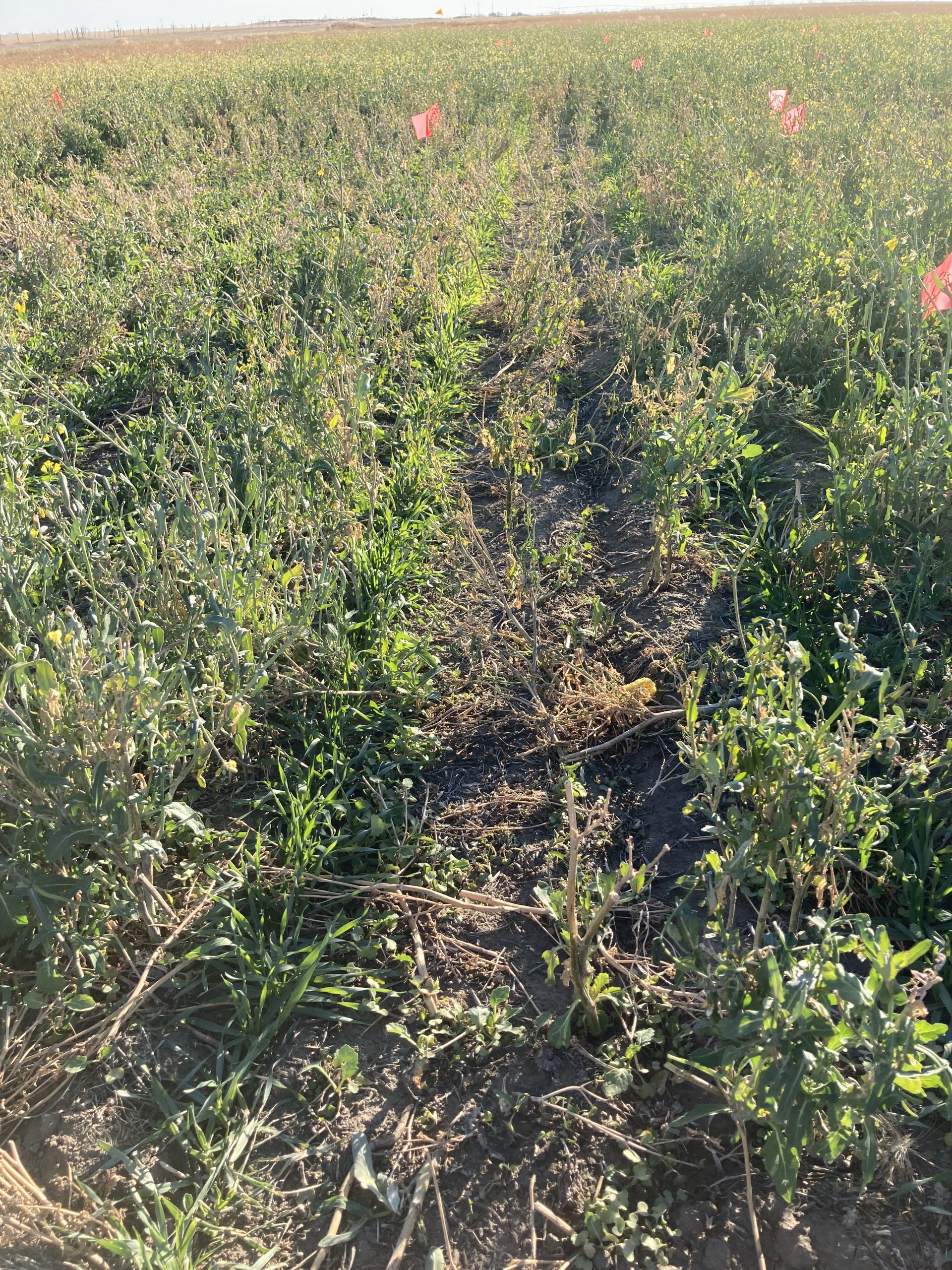
Southern Ontario is considerably warmer than Western Canada. Some, but limited, winter barley is grown there. Four new varieties have received interim registration in Ontario. SeCan sponsored the seed for these varieties for our trial. Our goal was to take the hardiest material available in Canada and give it the best chance to survive in Saskatchewan. The treatments, in addition to the four varieties, include combinations of high and low seeding rates, with and without seed treatment. The high seeding rate with seed treatment will provide the best opportunity for winter barley to survive a Saskatchewan winter.
ICDC planted the four varieties in early September 2021 into canola stubble, under irrigation. The winter barley germinated and established in optimal soil moisture conditions. The canola stubble is ideal for capturing and retaining snow to insulate the barley crowns from the cold winter temperatures. When spring arrives, the barley plots will be evaluated for winter survival. Should they survive, the plots will be later harvested to assess yield.
While the prospect of winter barley is intriguing, the challenges of surviving a long Saskatchewan winter may be too much to expect. By spring, we will know more than we did at the start of the project.
This project is jointly funded by the Saskatchewan Ministry of Agriculture’s Agricultural Demonstration of Practices and Technologies (ADOPT) program, which includes contributions from the Government of Saskatchewan and Government of Canada under the Canadian Agricultural Partnership, Saskatchewan Cattleman’s Association and SaskBarley, with support from SeCan.


